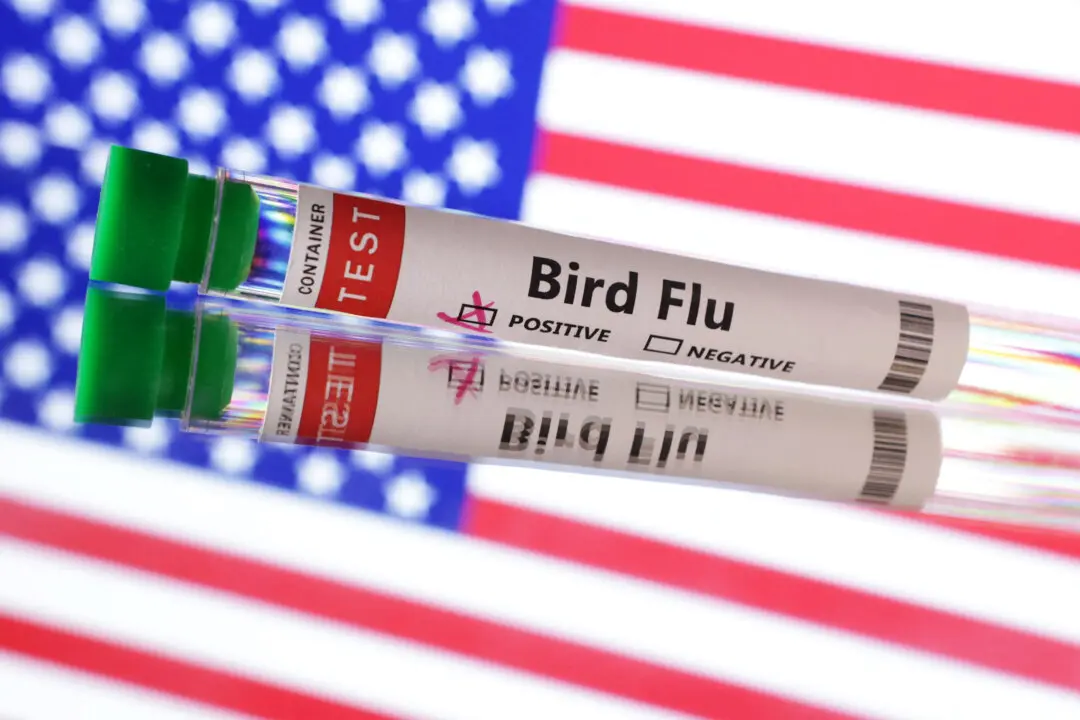DUBAI/MOSCOW/LONDON—OPEC and its allies held talks on April 9 on record oil output curbs of 15 million to 20 million barrels per day (bpd), or 15 percent to 20 percent of global supplies, to support prices hammered by the coronavirus crisis, OPEC and Russian sources stated.
They said the cuts included contributions of up to 5 million bdp from producers outside their group known as OPEC+ and could be made gradually, potentially overcoming resistance from the United States, whose involvement is seen as vital to win broad backing for an agreement.





